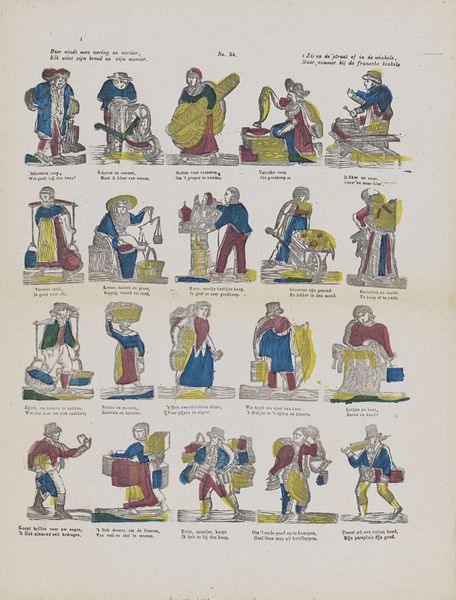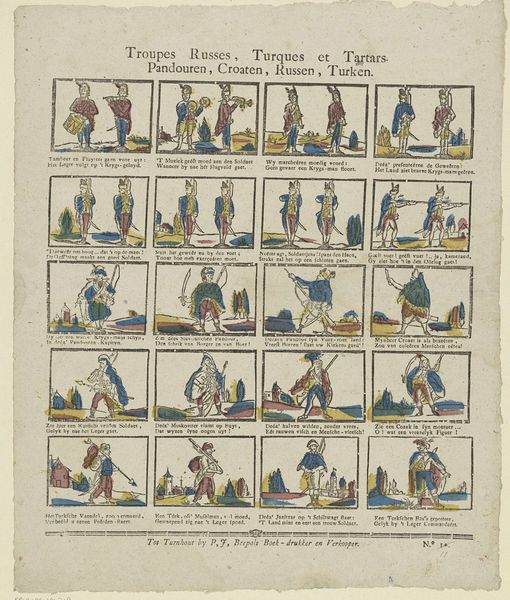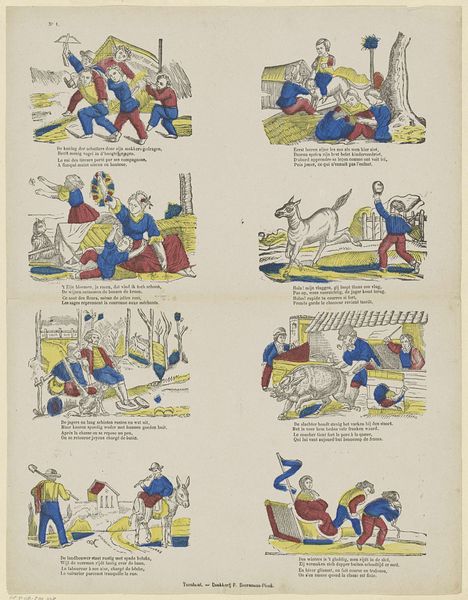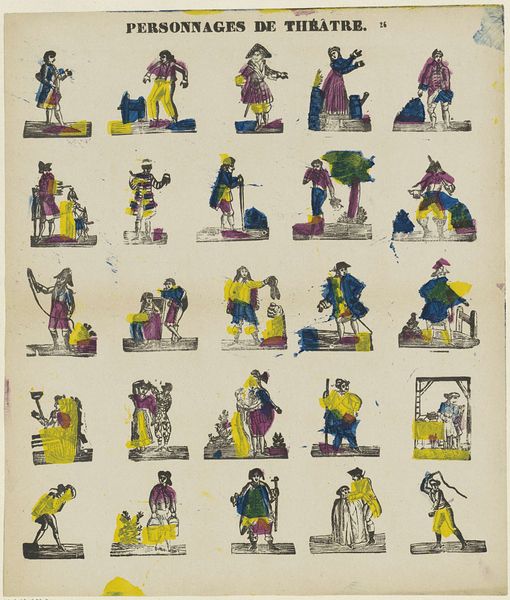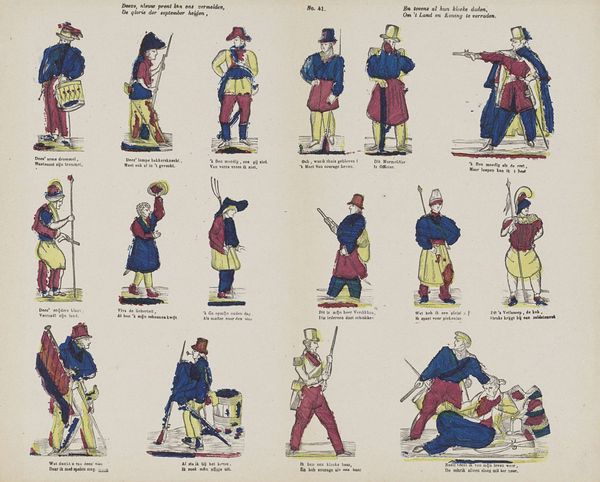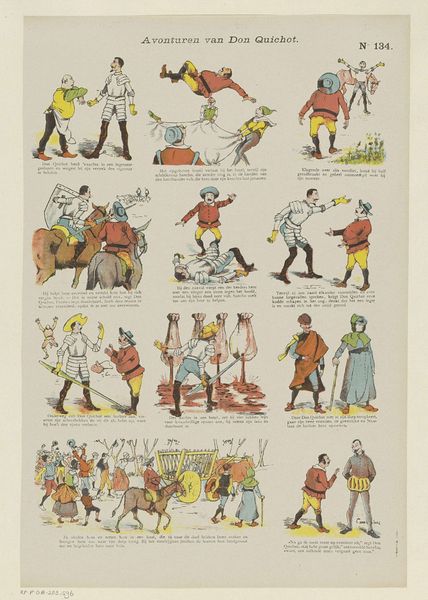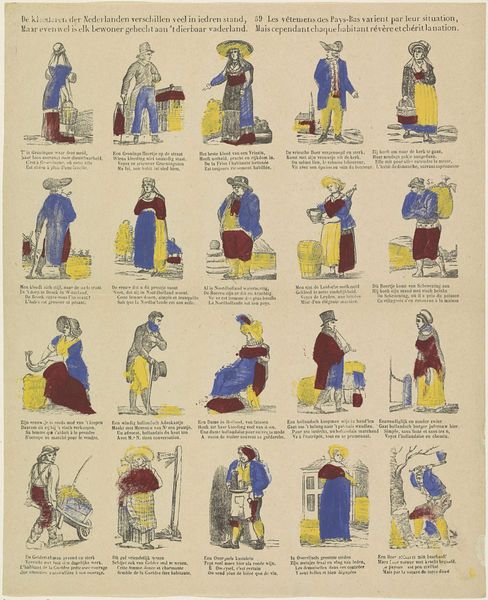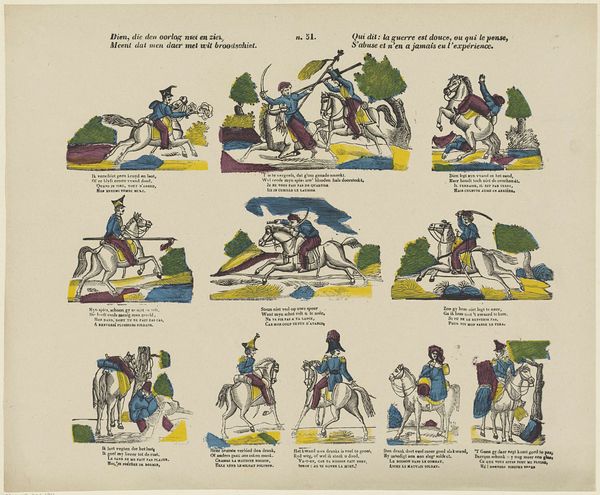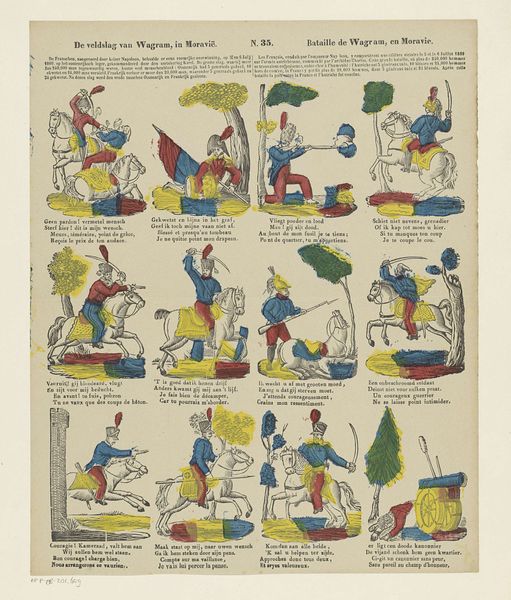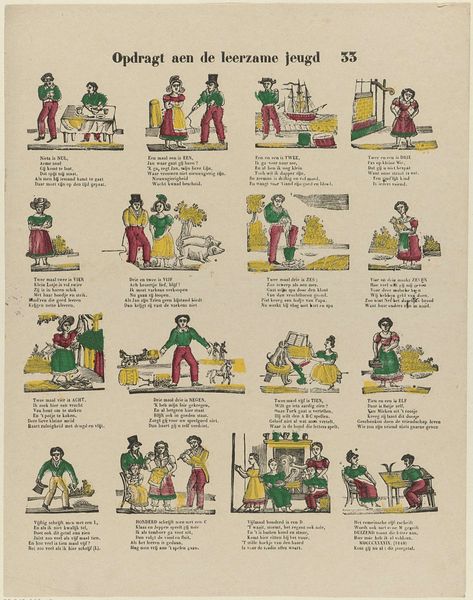![De oorlog is een twist tusschen staten of Burgers [(...)] / La guerre est unne querele qui se poursuit par la voie des armes entre de états on des citoyens [(...)] by Philippus Jacobus Brepols](/_next/image?url=https%3A%2F%2Fd2w8kbdekdi1gv.cloudfront.net%2FeyJidWNrZXQiOiAiYXJ0ZXJhLWltYWdlcy1idWNrZXQiLCAia2V5IjogImFydHdvcmtzLzc4OGU5OTc5LTE2ZjMtNGZkMS04Yjk0LTMxMTQwNDQ1NDc1NC83ODhlOTk3OS0xNmYzLTRmZDEtOGI5NC0zMTE0MDQ0NTQ3NTRfZnVsbC5qcGciLCAiZWRpdHMiOiB7InJlc2l6ZSI6IHsid2lkdGgiOiAxOTIwLCAiaGVpZ2h0IjogMTkyMCwgImZpdCI6ICJpbnNpZGUifX19&w=3840&q=75)
De oorlog is een twist tusschen staten of Burgers [(...)] / La guerre est unne querele qui se poursuit par la voie des armes entre de états on des citoyens [(...)] 1800 - 1833
0:00
0:00
graphic-art, lithograph, print, paper, engraving
#
graphic-art
#
lithograph
# print
#
traditional media
#
paper
#
romanticism
#
line
#
genre-painting
#
history-painting
#
engraving
Dimensions: height 427 mm, width 330 mm
Copyright: Rijks Museum: Open Domain
Curator: This is "De oorlog is een twist tusschen staten of Burgers," or "La guerre est unne querele qui se poursuit par la voie des armes entre de états on des citoyens" by Philippus Jacobus Brepols, created sometime between 1800 and 1833. It's a lithograph, an engraving, on paper and currently resides in the Rijksmuseum. Editor: My first impression is how childlike it looks, almost like a series of drawings in a children’s book. But the theme, clearly, is far from innocent. Curator: Precisely. It’s a piece rooted in its time, reflecting the tumult of Napoleonic wars and shifting power dynamics. The visual language seems simple, but it depicts complex socio-political clashes. The contrast in the way that war is depicted and how we really see it, it really emphasizes its gravity. Editor: The choice of lithography would have allowed for relatively quick and inexpensive reproduction, and a greater outreach, hinting at a desire to disseminate its anti-war message to a wider audience. It uses distinct lines, almost like a blueprint, and it’s on paper; perhaps this suggests how easily wars can occur as easily as writing, as easily as drawing. Curator: I agree that it probably does signal the intent to appeal to common people by its accessible form and distribution, in considering that Brepols opted for graphic art instead of conventional high art. It forces us to consider the production value in tandem with our reading and viewing. Editor: Thinking about its Romanticism roots, the prints hint to me that Brepols tries to expose the illusion of heroism surrounding conflict by pairing each character illustration with these bitesized descriptions. Its themes speak of history painting or genre painting, situating war not as some remote thing that happens among the powerful people. War does affect people, no matter what socioeconomic standing you have. Curator: I hadn't thought of that, but the positioning of both painting types brings together very interesting views that reflect common people's perceptions in an artistic setting. It allows one to read this as history while allowing themselves to see something personable. Editor: I'm going to remember the juxtaposition of the figures and bitesized snippets—almost like the artist’s subtle call to not take things at face value, as war has devastating affects. Curator: For me, the discussion of materiality helps to ground the artwork's goal of communicating and disseminating messages regarding something so horrible. It leaves a long-lasting message by bringing context, the visual form, and distribution full circle.
Comments
No comments
Be the first to comment and join the conversation on the ultimate creative platform.
